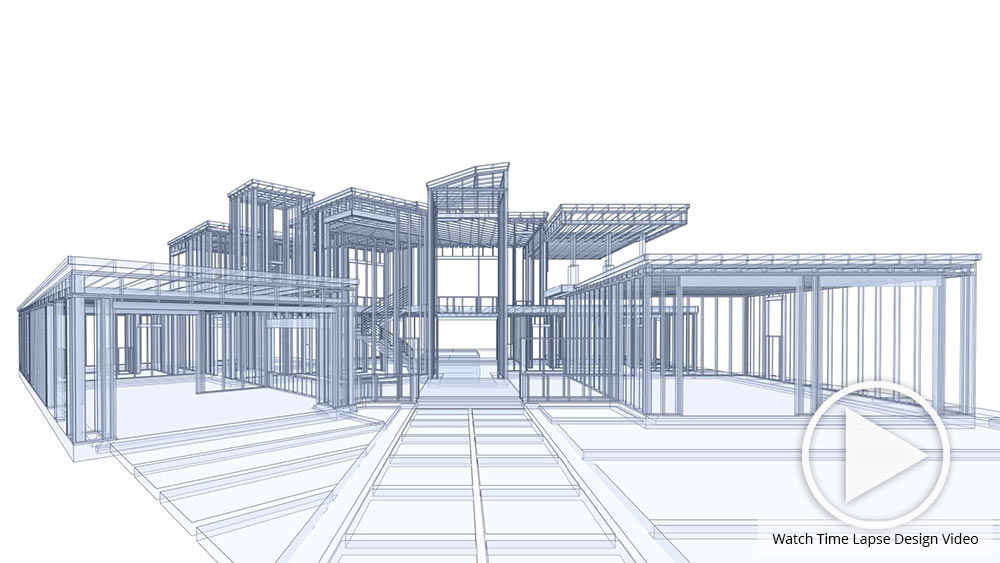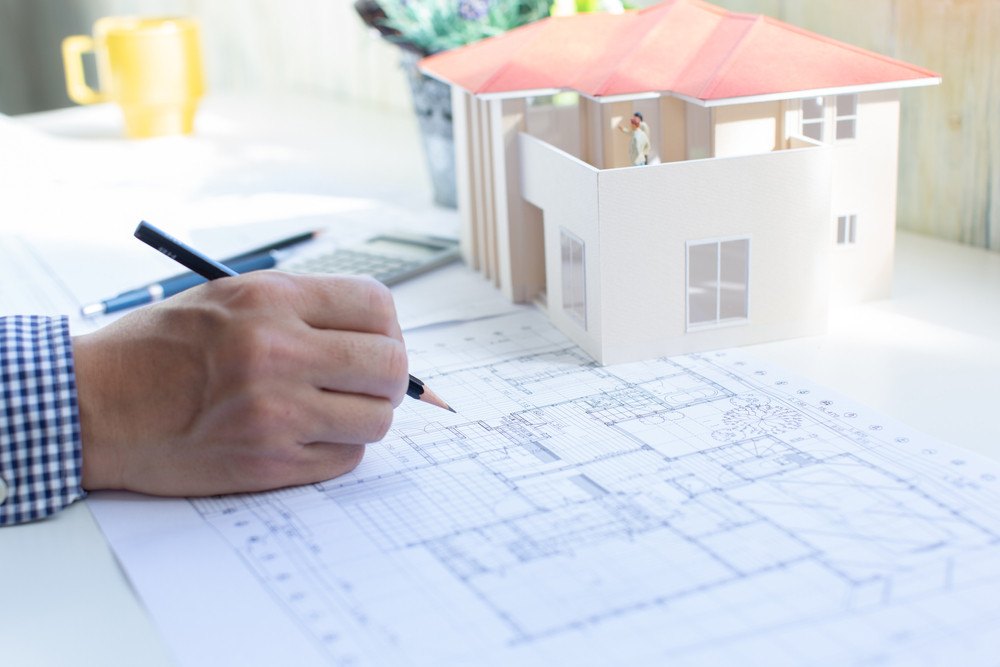The Effect of Technological Innovations on the Style Practices of Contemporary Architects
The quick advancement of technical tools has considerably reshaped the style landscape for contemporary architects, fostering unprecedented levels of development and sustainability. Checking out these characteristics exposes a nuanced interaction in between technology and standard layout techniques, prompting a better evaluation of what the future holds for building methods.
Advancement of Architectural Tools
Exactly how have architectural tools transformed the design and building and construction procedures over the centuries? The advancement of architectural tools has significantly impacted the performance, accuracy, and creativity of design and construction. In old times, architects count on primary instruments such as plumb bobs, gauging poles, and fundamental geometry to produce structures. These devices laid the foundation for very early architectural method, enabling for the building and construction of renowned frameworks, albeit with restrictions in accuracy and complexity.
With the arrival of the Renaissance, the introduction of the compass and the protractor noted a critical shift. These devices allowed architects to attain higher precision in their designs, promoting the development of even more complex and proportionate structures. The Industrial Change additionally changed architectural experiment the introduction of mechanized devices and products, enabling for bigger and more ambitious tasks.
In the 20th century, the development of computer-aided design (CAD) software application changed the landscape once again, offering designers with extraordinary capacities in modeling and visualization. Today, advanced tools such as Structure Details Modeling (BIM) and parametric design software application proceed to push the limits of building development, making it possible for a more integrated technique to layout and building and construction procedures.
Improved Partnership in Layout
As modern technology continues to evolve, enhanced partnership in layout has actually become a cornerstone of contemporary building technique. The integration of digital tools such as Structure Details Modeling (BIM), cloud-based platforms, and advanced visualization software application has transformed the means designers, engineers, and stakeholders engage throughout the style process. These devices facilitate real-time interaction, enabling teams to share ideas, modifications, and comments instantaneously, no matter geographical location.

Furthermore, interdisciplinary partnership has actually been structured through these technological advancements, allowing designers to function a lot more very closely with various other specialists, such as city organizers and ecological consultants. The outcome is a much more natural technique to make that considers various point of views and knowledge. Ultimately, enhanced collaboration in design is not just a fad; it is crucial for developing cutting-edge, practical, and visually pleasing architecture in an increasingly intricate globe.
Sustainability With Technology
Sustainability in style has increasingly come to be intertwined with technological innovation, driving the market toward ecologically accountable methods - cda architects. Contemporary engineers are leveraging innovative innovations to lessen ecological impact while improving the efficiency of structures. One noticeable example is the usage of Building Information Modeling (BIM), which permits precise planning and resource allocation, lowering waste during building and construction and advertising energy effectiveness throughout a structure's lifecycle
Furthermore, clever materials and energy-efficient systems are being integrated into styles to maximize source usage. Technologies such as solar cells and environment-friendly roofing systems harness renewable resource resources, adding to reduced carbon footprints. this Furthermore, the application of expert system in design processes allows engineers to imitate and analyze energy intake, guiding decisions toward more sustainable results.
The combination of lasting innovations not just straightens with international ecological objectives yet also official statement meets an enhancing demand from consumers for environment-friendly options. As designers accept these technologies, the emphasis changes in the direction of developing rooms that are not just cosmetically pleasing yet likewise functionally sustainable, thus redefining the standards of contemporary design. This way, technology functions as a stimulant for sustainability, making it possible for engineers to create buildings that respect and boost the all-natural setting.
Difficulties in Implementation
While technological innovations in style hold excellent pledge for enhancing sustainability, their execution usually comes across significant challenges - cda architects. One key obstacle is the high discovering curve related to new modern technologies. Engineers and building professionals might require considerable training to efficiently make use of sophisticated software and devices, which can delay task timelines and raise prices
In addition, the integration of emerging technologies, such as Structure Information Modeling (BIM) and lasting products, frequently necessitates cooperation throughout multidisciplinary teams. This cooperation can be prevented by differences in expertise, process, and communication styles, leading to possible problems and ineffectiveness.
Financial constraints even more complicate the fostering of ingenious technologies. Several architectural companies, specifically smaller sized ones, might lack the resources to purchase cutting-edge tools, restricting their capability to complete with larger firms that can afford such financial investments.
In addition, governing structures and building ordinance might not maintain rate with technical innovations, producing obscurity and possible conformity concerns. This obstacle can inhibit engineers from totally welcoming brand-new innovations, as the threat of non-compliance might surpass the benefits. Therefore, dealing with these implementation challenges is important for the successful integration of technological advancements in modern building methods.
Future Trends in Architecture
The obstacles related to the application of new technologies in architecture have actually motivated a reevaluation of future fads within the sector. As designers navigate concerns such as sustainability, urbanization, and social equity, they are significantly taking on cutting-edge innovations to improve design performance and ecological performance.
One noticeable fad is the combination of synthetic intelligence (AI) in the style process. AI tools can assess large datasets to notify style decisions, enhancing both imagination and capability. Structure Info Modeling (BIM) proceeds to advance, allowing real-time collaboration amongst stakeholders and assisting in streamlined project monitoring.
Sustainable layout methods are also obtaining momentum, with engineers focusing on flexible reuse and regenerative layout principles that minimize source usage and waste. The consolidation of clever materials and renewable resource resources will certainly further enhance the strength of buildings despite environment modification.

Verdict
Technological check out here improvements have actually substantially improved architectural style practices, assisting in boosted precision, collaboration, and sustainability. The combination of devices such as Structure Information Modeling and parametric style software application, alongside synthetic intelligence and clever products, encourages designers to attend to complicated obstacles more properly. While implementation might offer certain obstacles, the continued advancement of these technologies promises to drive development in style. Future fads will likely further emphasize sustainability and effectiveness, eventually redefining the constructed setting.